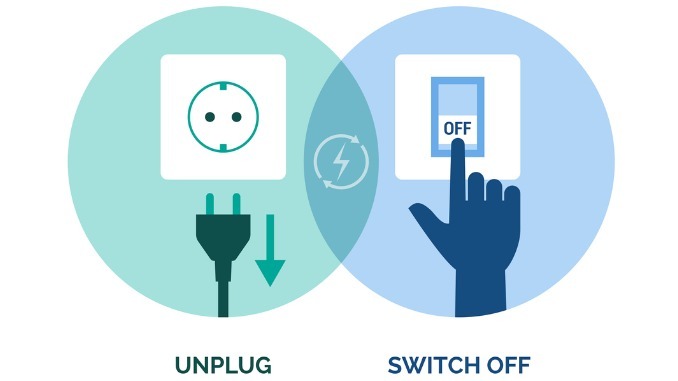Performing an energy audit offers an excellent opportunity to assess energy usage in your school building and explore strategies for conserving and reducing consumption. To get the most of out of the process, it is important to get everyone on board from kitchen staff and administrators to teachers and students
To maximize the benefits of your energy audit after engaging everyone in the process, there are several straightforward steps that SBLs can implement. These steps ensure thoroughness, leaving no area unchecked and providing a complete and accurate overview of your school’s energy consumption.
Using the right tools
To enhance the effectiveness of their school energy audit, SBLs can utilise various tools designed to measure energy usage and pinpoint areas for enhancement. This is something you may want to involve your school maintenance/caretaker team and or ICT staff with as they will often be able to help with data or gain valuable insights for their departments. These tools may include light meters, infrared thermometers, and kill-o-watt meters. A light meter will help identify zones where natural lighting could suffice, thereby conserving electricity. An infrared thermometer enables the measurement of surface temperatures across different areas of the building, providing insights into temperature distribution.
During audit, it’s important to take comprehensive measurements from various points within each room and record data in detail. Assess the temperature of the floor, walls, corners of windows, and other areas to gain a thorough understanding of the room’s comfort level. These measurements can provide valuable insights and help identify opportunities for energy-saving adjustments to the school building.
Be aware of energy vampires!
Some appliances continue to draw electricity even when they are seemingly turned off. These vampire devices quietly consume energy in the background, even in standby mode. Common culprits for phantom energy consumption include vending machines, computers, refrigerators, and thermostats. During the energy audit, SBLs should identify any energy vampires in the school and determine if their use is necessary. By comparing energy usage before and after taking preventive measures, SBLs can pinpoint areas where energy is being wasted the most.
Identifying equipment that could benefit from changes in usage is another valuable aspect of the audit. For instance, to reduce computer energy consumption, it’s recommended to steer clear of screen savers, as they can consume twice as much power as when the computer is actively in use. Opting for sleep mode and configuring the monitor to enter sleep mode after a period of inactivity (usually 5-15 minutes) is a more energy-efficient alternative.
Make a plan
Once your audit is complete, it is time to make a plan and ensure it is followed through. Review the energy audit report alongside your staff and any energy professionals involved, discussing the various conservation measures and estimated savings. Remember, the audit alone doesn’t enhance a building’s efficiency. Measure the outcomes post-implementation and reassess data using your tools to verify expected energy savings.
These measured results determine if the project met its goals and improved the building’s energy efficiency from its initial benchmark. At all times, SBLs should communicate and emphasise the importance of buy-in from staff and stakeholders. After all, the plan won’t work if you don’t have everyone engaged and committed!




Be the first to comment